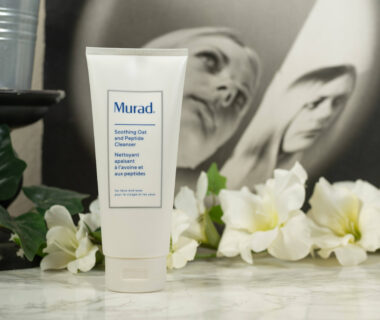ADVERTISEMENT INFO: THE PRODUCTS MENTIONED IN THIS POST WERE PURCHASED BY ME OR ARE PR (GIFTED). LINKS USED ARE AFFILIATE LINKS. I RECEIVED NO MONEY TO WRITE THE BLOGPOST. PLEASE READ DISCLAIMER
In early November, Germany was hit by the first episode of cold weather, and I immediately noticed the changes in my skin. Time to adapt my skincare for winter and the cold! But what is winter skin? It is not a medical term (the closest we have there is Xerosis), it simply describes skin that is dry, dull, flaky and more sensitive to actives like retinoids. In People of Color the term Ashiness is often used, describing skin that lost its glow and looks, well, ashy. It is also often accompanied by eczema, cracked skin and bleeding when left untreated and a common reason for dermatologist visits during winter.
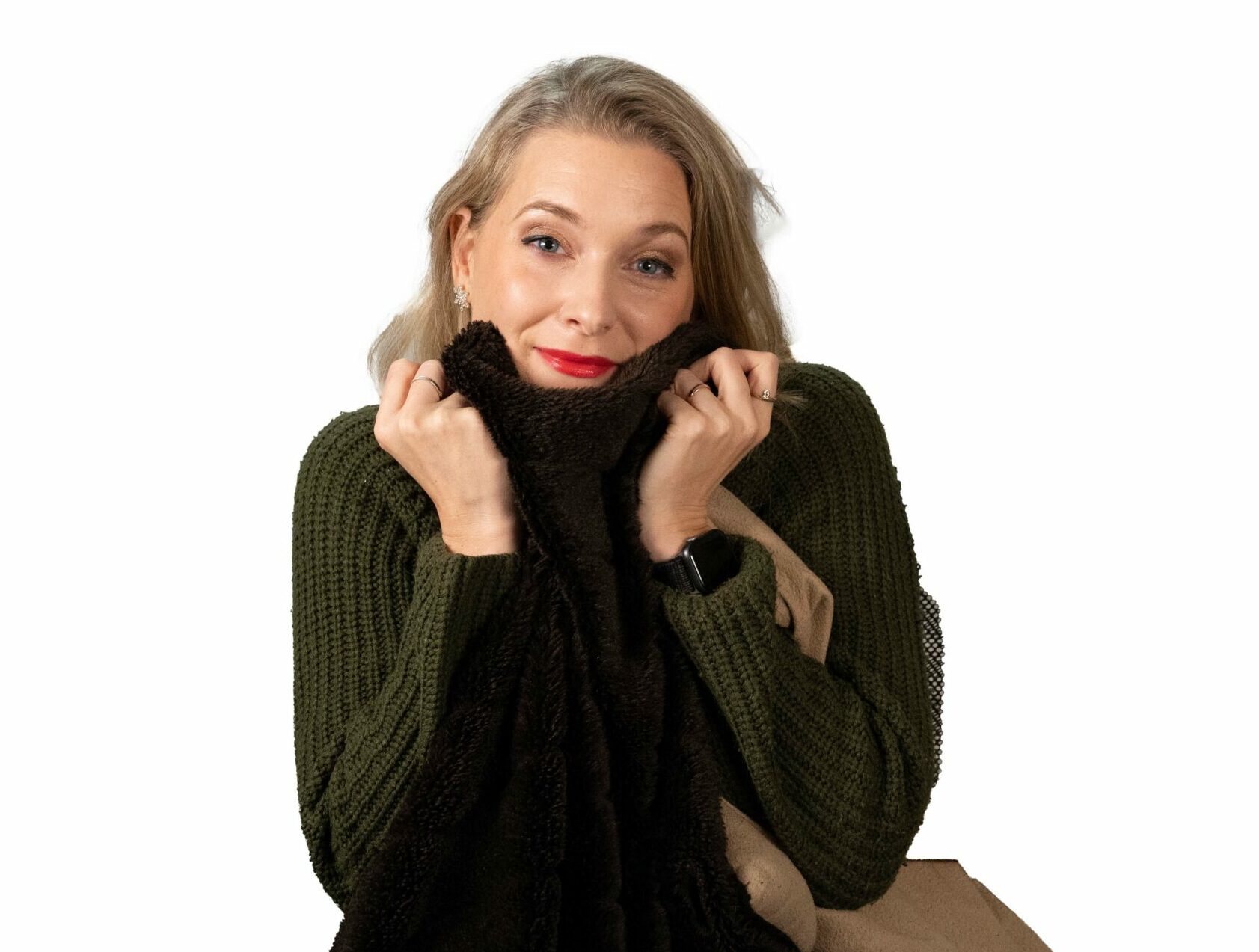
In order to understand how to best change your skincare routine for winter, let’s first talk about the physiological changes in the skin during the colder months, then about some simple steps you can take to help prevent problems and lastly some tips for the different skin types right at the end.
What changes in the skin physiology during winter
You probably know that the skin acts as a barrier, keeping good things like hydration in and bad things like bacteria or potential allergens out. In order to function that way, the outer layer of skin is built like a brick and mortar wall, with the skin cells being the bricks and the skin’s lipids like Ceramides, free fatty acids and cholesterol being the mortar in between. (More info: Damaged skin barrier as reason for acne and eczema)
When it gets cold, the amount of epidermal lipids decreases, but here the data is inconclusive: Some studies show that especially the relative proportion of ceramide 1 decreases, while others report that all skin lipids decrease while the ratio between them stays the same. These differences might be explained by different age, sex and race of the subjects studied, what has been shown for sure though is that skin lipids decline when it gets cold.
Changes in the skin lipids are associated with several skin conditions like eczema, acne and atopic dermatitis, so even if these changes don’t actually on their own increase Transepidermal Water Loss and subsequently dehydration, they for sure make the skin barrier more susceptible to anything that offsets its balance. (More info: The difference between dry and dehydrated skin)
Or, in short: Less lipids mean the barrier isn’t as strong as it is in the summer, so your skin gets dehydrated and irritated much quicker.
Lifestyle tips that help prevent winter skin
Now that we know what happens in our skin, let’s quickly look at a few non-skincare things we can do to counteract the effects.
The first is to increase the humidity in your environment. Winter air has less moisture, and when you turn on the heating, the air inside gets pretty dry too.
If you don’t want to spend money on a humidifier, a simple tip is to put out small bowls of water – ideally in a place where you don’t knock it over – and let that water evaporate over time.
The second thing to do is to protect the skin from the cold when you go outdoors. The body parts that suffer the most are usually the cheeks and the hands, because they are out unprotected and exposed to the wind. Speaking of wind, did you know that having wind blow over your skin decreases the actual temperature on the skin by up to 10 degrees? So bundle up with gloves, scarfs you wrap around your face or, always a good idea, wear a face mask when you are out and about.
The last tip I want to mention is actually the hardest: Ditch the hot baths and long, hot showers and opt for lukewarm, quick washes instead. I know how good a long hot shower feels, but think of it as cleaning the dishes: if you want to get the grease out of the pan more easily, you use hot water. If you rinse it in cold water, you need more dish soap for the same effect. Same is true for your skin: The hotter the shower, the more lipids are removed. And as there are already fewer than there were in summer, that can lead to dry, itchy limbs.
While we are talking dish soap: Take a look at the products you are using in the shower, as shower gel can be pretty stripping, and consider switching to a shower cream or oil or even to one of these in shower moisturizing products. If you don’t moisturize in shower, try to do it as quickly as possible after the shower, as it works best when your skin is still damp.
Skincare changes for different skin types
Now let me talk you step by step through your skincare routine and suggest changes depending on your skin type.
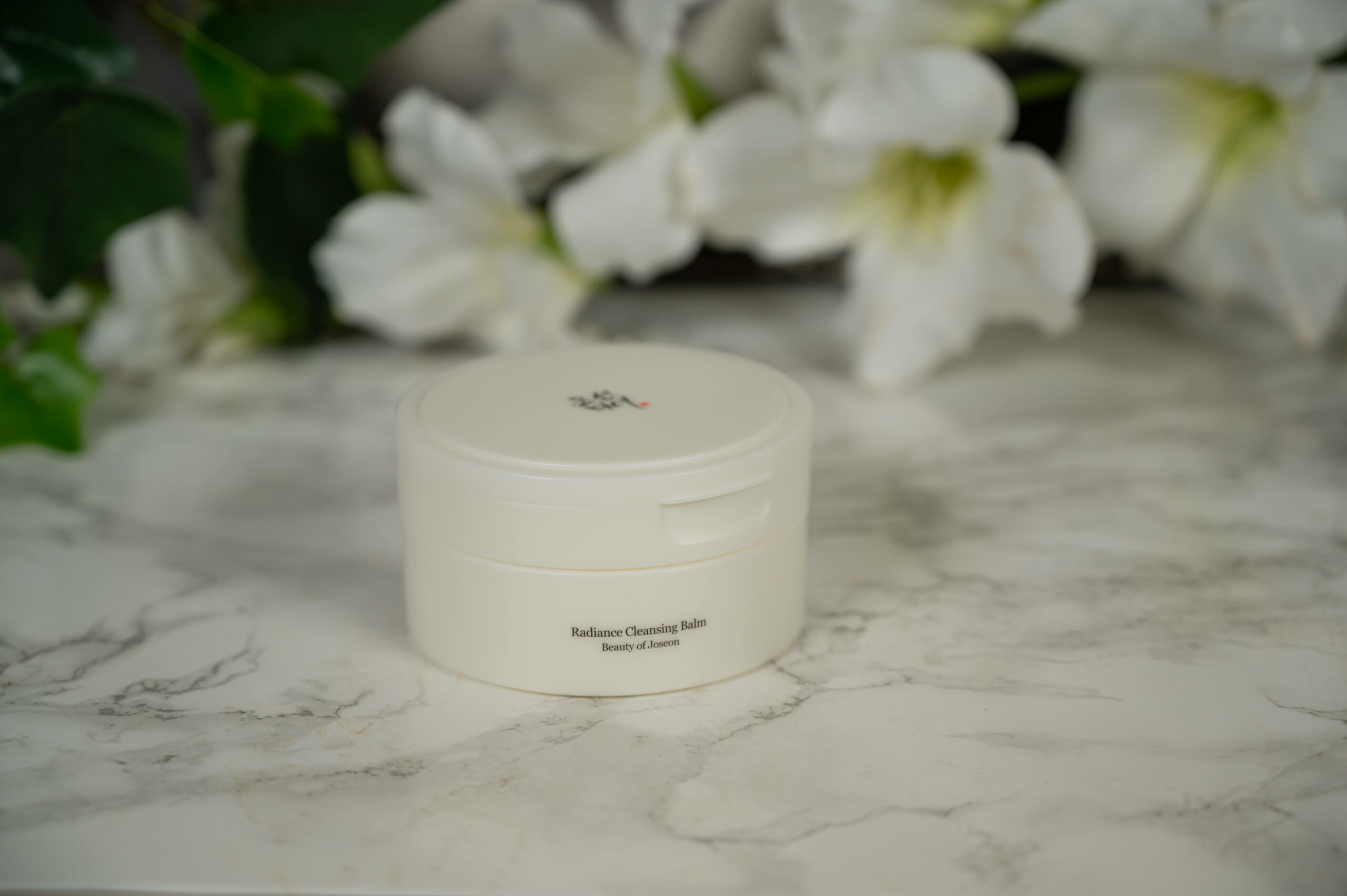
First: Cleansing.
Here I want you to take a look at two things: Products and frequency.
Your fresh and foamy gel cleansers should probably get packed away for summer – unless they are among the few really hydrating ones – and switched for milks and creams if your skin is normal to oily or even balms and oils if your skin is on the dry side.
More than the texture though, it matters how they make your skin feel. If after you rinsed them off your skin feels calm and hydrated, you got the right one. If it feels tight or squeaky clean directly after cleansing, you need to look for a more hydrating version. I will share my personal winter skincare favorites below (More info: How to chose the right cleanser for your skin type)
And then the cleansing frequency: You need to cleanse less than in summer. If your skin is normal to dry, you can probably skip the morning cleanse altogether, and if you are not wearing heavy layers of makeup, I don’t think you need to double cleanse in the evenings either. As a rule of thumb: look how often you cleanse in the summer and then take at least one cleanse away. Unless you only cleanse once at night year round, in which case you should keep that up. (More info: Is Double Cleansing ruining your skin?)
As for cleansing brushes or other tools – skip them. Your best device are your fingers and the mechanical exfoliation these tools offer is probably too much for your skin in winter.
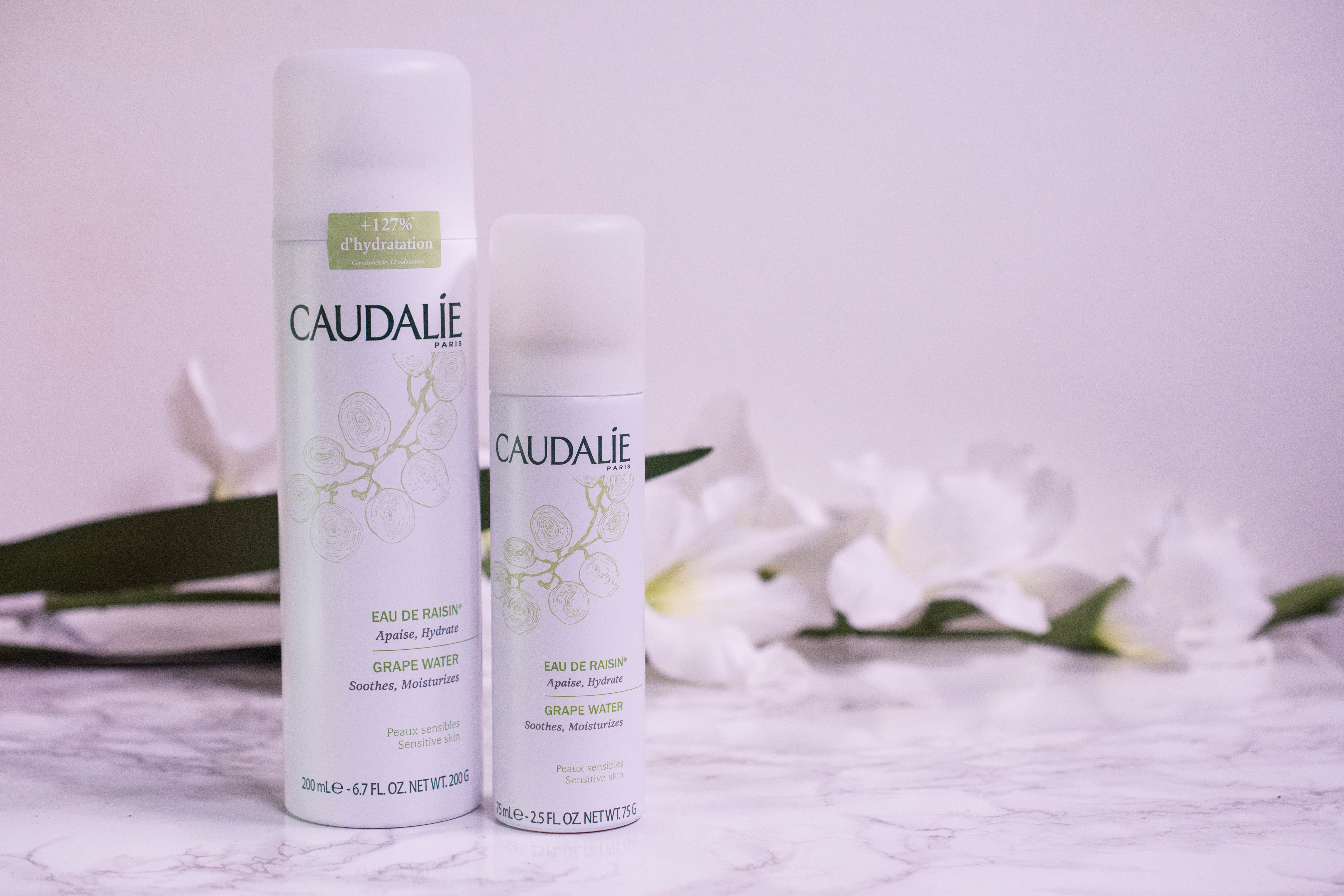
Next: Hydration.
I tend to recommend the simplest routine possible, as too many steps are confusing, but I once read somewhere: When you start to layer your clothes, it is time to layer hydration, and I love that quote! As mentioned before, the air around you is pretty dry, which means water evaporates easily from your skin. To counteract that, you need humectants to grab and hold the water as well as ideally the water (not as in water, but as in damp skin) and then occlusives to seal that in. Occlusives come with the moisturizing step, but for the humectants and the damp skin, I tend to rely on my serum that I layer with hydrating toners. (More info: What are occlusives?)
The toner dampens the skin and adds humectants, so I add it after every step: Cleanse -Tone – Serum – Tone – Moisturize. (More info: What is the difference between Toner, Tonic and Essence?) Takes only a few seconds more if you use a spray toner like the Caudalie Grape Water. (Full review here)
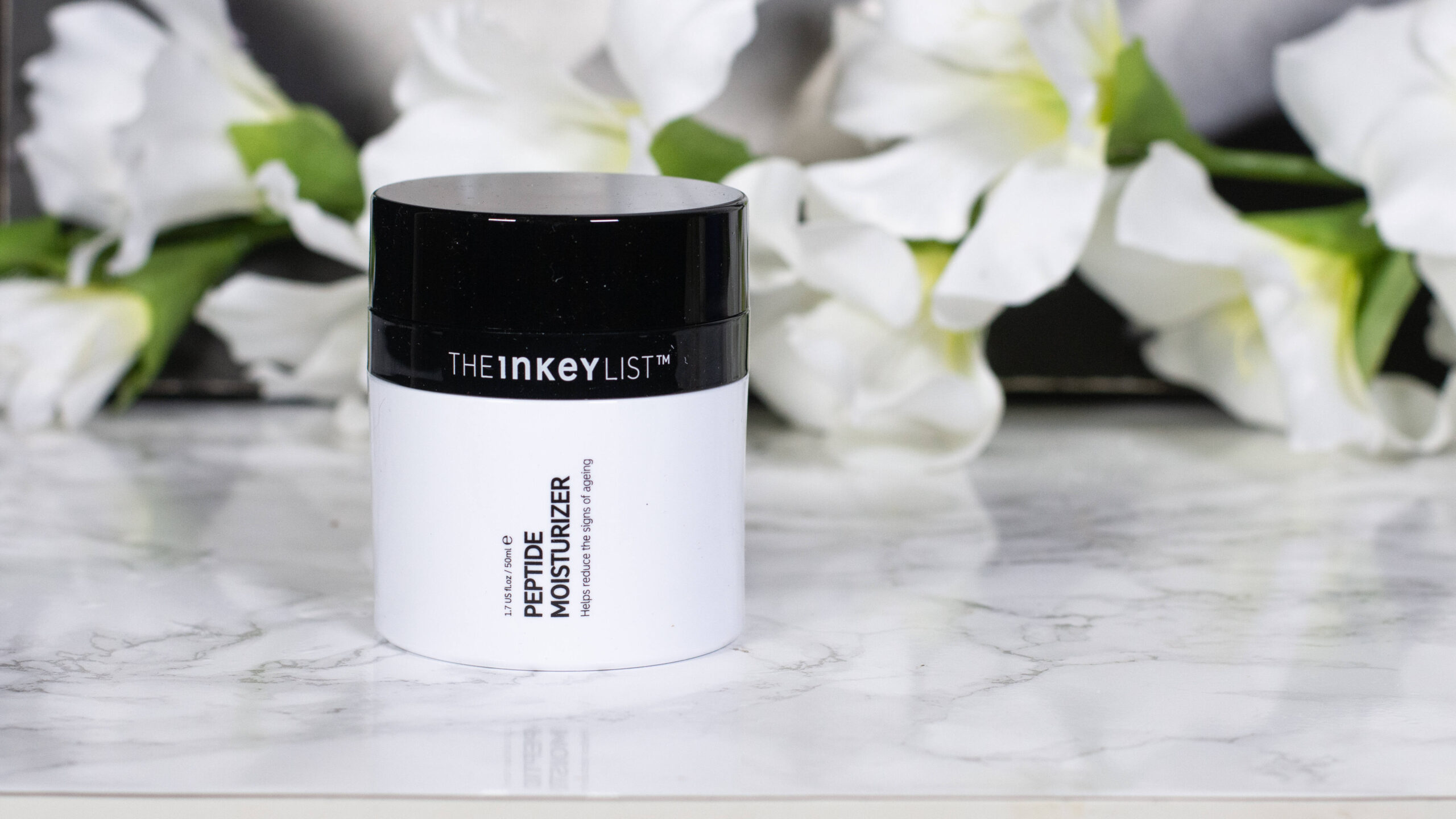
Last step: Moisturize!
Just kidding: The last step is always sunscreen at least in the mornings, even in winter, but I am not going into too much detail on that today (just search for sunscreen on the blog here to get my take). For your moisturizer, it is again a change in texture you will need.
From gels to lotions and creams if you are normal to oily, or, if your skin is really dry, to heavy creams and ointments. The richer the texture, the more occlusives are usually used, and as I said before you will need those to seal in hydration.
With the drop especially in Ceramide 1 that some studies have shown it might be a good idea to pick moisturizers with added Ceramides to counteract that, but just to be clear: We don’t know the ideal ratio of ceramides in face creams yet, or even if ceramide levels have dropped in your individual skin, so it could end up not having a beneficial effect. It won’t have a worsening effect though, so I think it is worth giving it a shot.
If you don’t feel like changing your moisturizer, adding a few drops of face oil before application will work as well, or you could apply a separate layer of face oil after moisturizing. Squalane and jojoba oil work well on more oily skins, while sweet almond oil is a favorite among people with dry skin.
What about Exfoliation in winter?
In my experience, hydration is more important than exfoliation in the winter, and I recommend you do reduce the frequency of exfoliation or maybe stop altogether as long as it is cold outside. If you feel like you can’t go completely without it, consider switching to gentler chemical exfoliants that offer additional hydration like lactic acid or even Polyhydroxy Acids. (More info: What are Polyhydroxy Acids in skincare?)
And if you suffer from Keratosis Pilaris, which tends to get worse in winter, look for products that have a high percentage of urea, as that ingredient is both hydrating and at higher concentrations keratolytic – I use my foot cream on my upper arms and it works like a charm. (More info: Keratosis pilaris or chicken skin – What can you do about it?)
Can I use my retinoids in winter?
Retinoids, especially if you use prescription as acne treatment, are a year round thing, but with your skin being more prone to irritation you might need some adjustments in winter. If you feel your regular schedule is too much, you can either reduce the strength of the product, reduce the frequency you use it at or try buffering and I am positive you will find a way to make it work. (More info: How to use Retin-A with minimal irritation)
With these tips, you should be able to get through winter maintaining healthy and glowing skin.

If you want to get a vote in the next Ask Doctor Anne Topic, Ingredient Spotlight or product I review, don’t forget you can head over to my Patreon account to get more involved!

